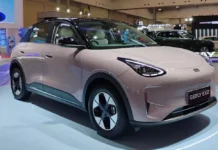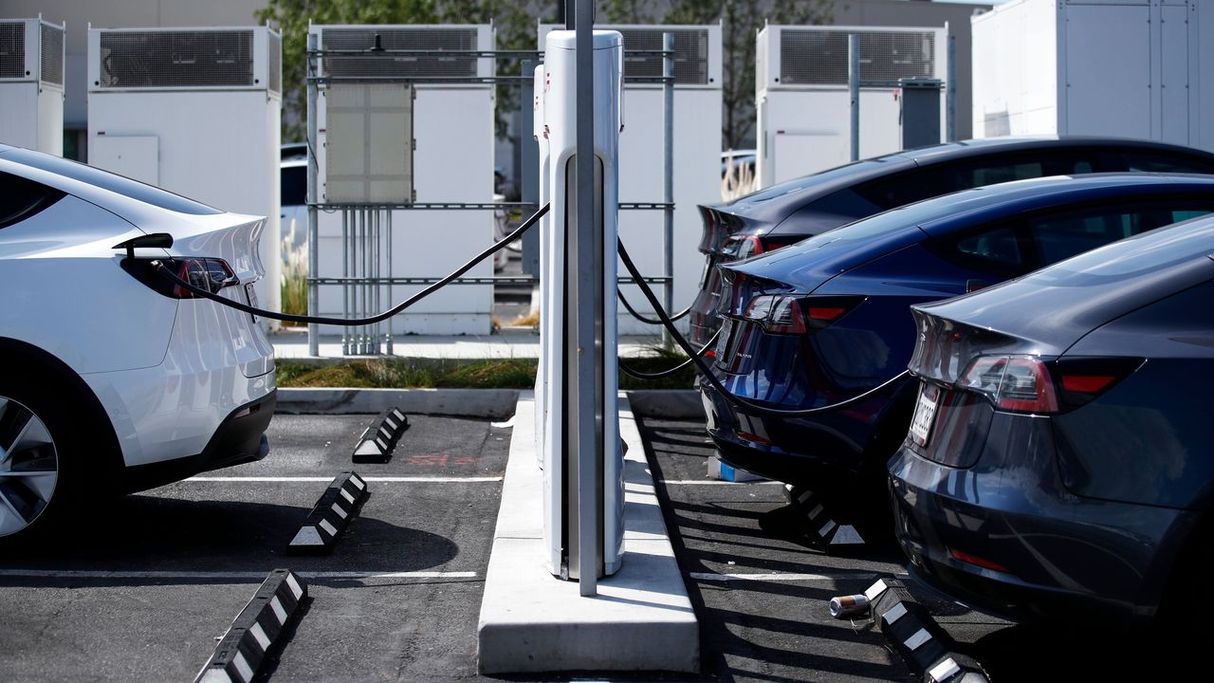A recent report from the Australian National University (ANU) highlights an innovative response to a major storm that left tens of thousands of homes without power. In this incident, a fleet of electric vehicles was able to provide power back to the country’s grid.
According to Australian media, a storm caused a power line to fall in western Melbourne, leading to the shutdown of a power plant and a wind farm. This incident left 500,000 households in Victoria without electricity and destabilized the national grid, affecting areas from Port Arthur in Tasmania to Port Douglas in Queensland and Port Augusta in South Australia.
In this emergency, an unprecedented solution was implemented: using energy from electric vehicle batteries to support the national grid. Out of the 51 vehicles involved in the project, only 16 were connected to the grid with vehicle chargers.
Dr. Bjorn Sturmberg, the lead author of the study and a Senior Research Fellow, stated that this was the first time globally that this method of utilizing energy from electric vehicles has been proven effective.
Dr. Bjorn Sturmberg, Senior Research Fellow
“This demonstrates that electric vehicles can be the backup power source we need in such emergencies,” he said. “We have a fleet of 51 electric vehicles across Canberra that can monitor the grid whenever they are plugged in and can quickly provide short bursts of power to balance the system if the national grid suddenly fails. Essentially, they are large batteries on wheels.”
At the time, 16 electric vehicles were plugged in at various locations around Canberra. Of these, four were charging, while 12 were not in use.
Dr. Sturmberg stated, “These vehicles quickly stopped charging and, within seconds, began discharging power into the grid, as they were programmed to do. Together, they provided 107 kilowatts to support the national grid.”
To put this into perspective, 105,000 electric vehicles operating in this manner would fully meet the backup power requirements for the entire Australian Capital Territory and New South Wales. However, the number of electric vehicles sold in Australia last year was less than 100,000.
Dr. Sturmberg noted that there is still work to be done to balance the increasing demand for vehicle charging with grid security, especially when many electric vehicle owners charge their cars simultaneously in the evenings.
Shane Rattenbury, the Minister for Energy and Emissions Reduction in the ACT, stated that vehicle-to-grid technology could play a crucial role in Australia’s transition from fossil fuels to 100% renewable energy.
Ross De Rango, Head of Infrastructure and Energy at the Electric Vehicle Council, emphasized that vehicle-to-grid technology presents a significant opportunity for Australia to reduce pressure on electricity bills and accelerate the closure of coal and gas-fired power stations.
TT (Tuoitrethudo)



































![[Quick Review] Hyundai IONIQ 5 – A Vehicle from the Future](https://vnauto.net/wp-content/uploads/2023/10/xehay-hyundaiioniq5-18052022-2-150x150.jpg)













